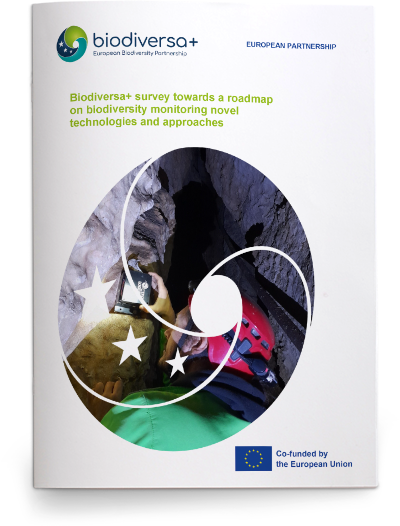Biodiversa+ is supporting the deployment of novel technologies and approaches for biodiversity monitoring.
Building on work performed by EuropaBON, which identified critical needs for standardisation, data infrastructure, and reference databases, Biodiversa+ developed a roadmap for enhanced operationalisation across Europe. This roadmap aims to guide future Biodiversa+ work on novel biodiversity technologies and approaches, including the organisation of capacity-building events and potential mobility programmes.
